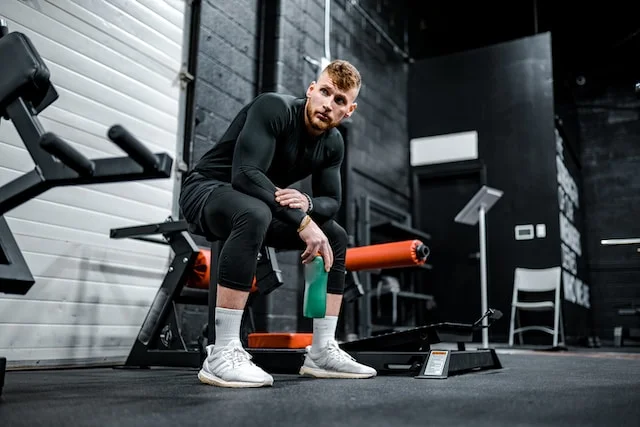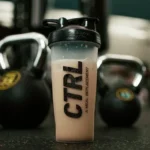The human body is a marvel of engineering, with muscles that enable a wide range of movements and functions. Among these muscles, some stand out for their incredible strength and power. In this article, we will explore the strongest muscles in the human body, their functions, and why they are considered the most powerful.
The Gluteus Maximus: The Powerhouse of the Lower Body
Location and Anatomy
The gluteus maximus, commonly known as the glutes, is the largest muscle in the human body. It is located in the buttocks and is responsible for various movements, including hip extension and external rotation.
Strength and Function
The glutes play a crucial role in activities like standing up from a seated position, walking, running, and climbing stairs. They provide power for explosive movements such as jumping and sprinting. Additionally, the glutes are vital for maintaining posture and pelvic stability.
The Quadriceps: Commanding Leg Strength
Location and Anatomy
The quadriceps are a group of four muscles located on the front of the thigh. They include the rectus femoris, vastus lateralis, vastus medialis, and vastus intermedius.
Strength and Function
The quadriceps are responsible for extending the knee joint, which is essential for activities like walking, running, and jumping. They are crucial for movements that involve pushing, such as standing up from a squatting position or pedaling a bicycle.
The Masseter: Unyielding Jaw Power
Location and Anatomy
The masseter is a powerful muscle located in the jaw. It is responsible for elevating the mandible (lower jaw) during activities like chewing and biting.
Strength and Function
The masseter is considered one of the strongest muscles in the body relative to its size. It exerts tremendous force, enabling us to bite through tough foods. The strength of the masseter is essential for both survival (in the case of hunting or foraging) and daily activities.
The Heart: The Mighty Organ Muscle
Location and Function
The heart is a muscular organ that pumps blood throughout the body, ensuring oxygen and nutrients reach all tissues and organs. While not skeletal muscle, the heart’s continuous and powerful contractions make it one of the strongest muscles in terms of endurance.
Strength and Function
The heart is capable of generating enough force to propel blood through the circulatory system, even under extreme conditions. It beats approximately 60 to 100 times per minute at rest, and this rate can increase significantly during exercise.
Summary: The Powerhouses of the Human Body
The gluteus maximus, quadriceps, masseter, and the heart are among the strongest muscles in the human body, each excelling in its own unique way. From providing leg power to enabling chewing and sustaining life through continuous pumping, these muscles showcase the remarkable capabilities of the human body.
Understanding the strength and functions of these muscles offers a profound appreciation for the intricacies of human anatomy and physiology. It also highlights the importance of regular exercise and proper nutrition in maintaining and enhancing the strength of these crucial muscles.






